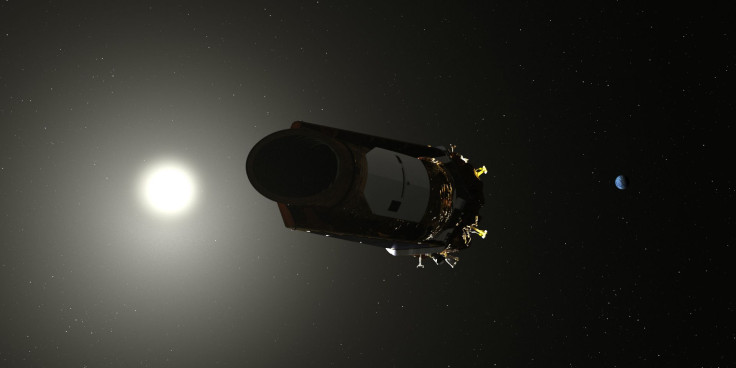'No Planets Are Left Behind': Kepler Discovered 3 Planet Candidates In Its Final Mission
KEY POINTS
- Scientists found three planets that Kepler discovered before its "death" in 2018
- Two of them are validated as "genuine exoplanets"
- The third one is considered a planet candidate that still has to be verified
NASA's Kepler spacecraft has been retired for a couple of years now, but it still manages to provide valuable data. Astronomers have now found what may be the last planets it discovered before its "death," while ensuring that "no planets are left behind."
Kepler was launched in 2009 and in the same year, it began its mission to discover Earth-like planets orbiting other stars. It found its first planet by December 2011 and over the course of its life, discovered 2,600 exoplanets. This accounts for more than half of all known exoplanets today, researchers noted in a paper, which was published Tuesday in the Monthly Notices of the Royal Astronomical Society.
Kepler retired in 2018 after its extended mission. But before its "death," it conducted a final campaign that lasted only for a month.
"At the very end of the mission, when Kepler was exhausting the last of its fuel reserves, it collected a short set of observations known as K2 Campaign 19," the scientists wrote. "So far, no planets have been discovered in this data set because it only yielded about a week of high-quality data."
Researchers have now identified what could be the last three planet candidates – called K2-416 b, K2-417 b and EPIC 246251988 b – that Kepler found in its final campaign. The team found this together with the Visual Survey Group, a collaboration between professional astronomers and citizen scientists, NASA noted.
These planets are "fairly typical" sub-Neptune-sized planets. K2-416 b is about 2.6 times the size of Earth and orbits its star every 13 days, while K2-417 b is more than three times Earth's size and orbits its star every 6.5 days, NASA explained. EPIC 246251988 b is estimated to be about four times the size of Earth, orbiting its star every 10 days.
A team of astrophysicists and citizen scientists have identified what may be some of the final planets NASA’s retired Kepler observed during its nearly decade-long mission. They were found in the last data obtained as the telescope was running out of fuel. https://t.co/Done2WJAqw pic.twitter.com/Ax8VqCu0ew
— NASA Exoplanets (@NASAExoplanets) May 30, 2023
"No one had found planets in this dataset before, but our collaboration was able to find three," Andrew Vanderburg from the Kavli Institute for Astrophysics and Space Research at the Massachusetts Institute of Technology (MIT), who was one of the study authors, said in a news release. "And we're really pushing up against the last few days, the last few minutes, of observations Kepler collected."
"These discoveries demonstrate Kepler's exoplanet detection power, even when it was literally running on fumes," the researchers wrote.
Two of the planets – K2-416 b and K2-417 b – have been validated as "genuine exoplanets," according to MIT. EPIC 246251988 b is considered a planet candidate that still has to be verified.
They are now the first planet candidates to be discovered from Campaign 19. Since they might be the last planet discoveries of Kepler, they also hold both scientific and sociologic significance.
"We hope our work will help ensure that all Kepler data are utilized to its full potential so that no planets are left behind," the scientists wrote.

© Copyright IBTimes 2024. All rights reserved.






















